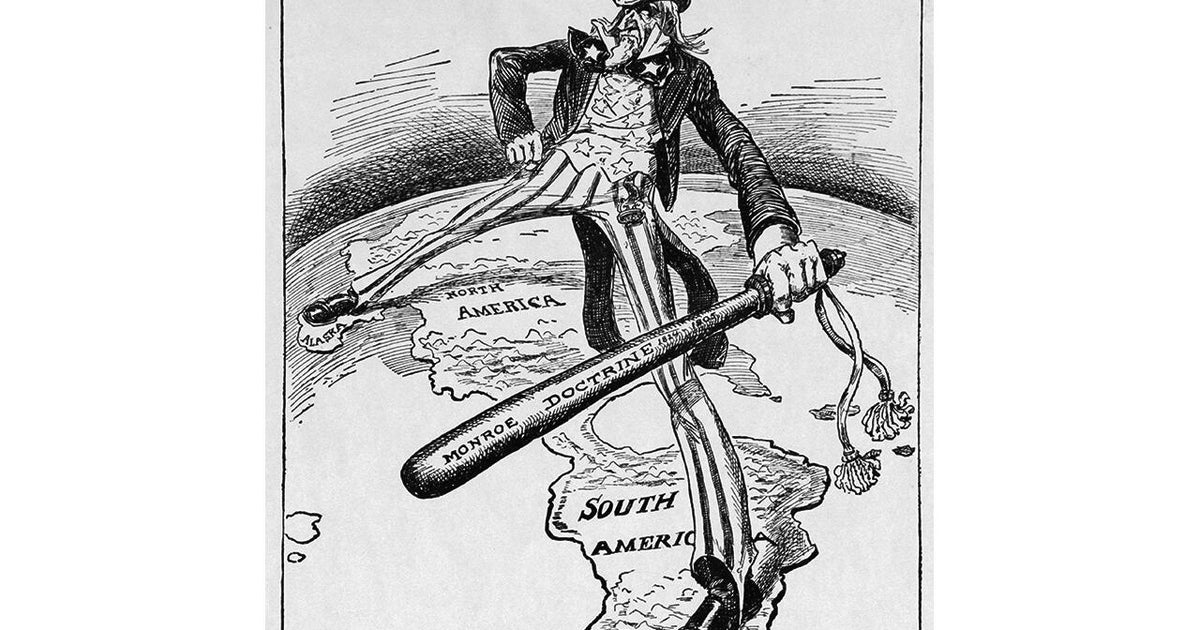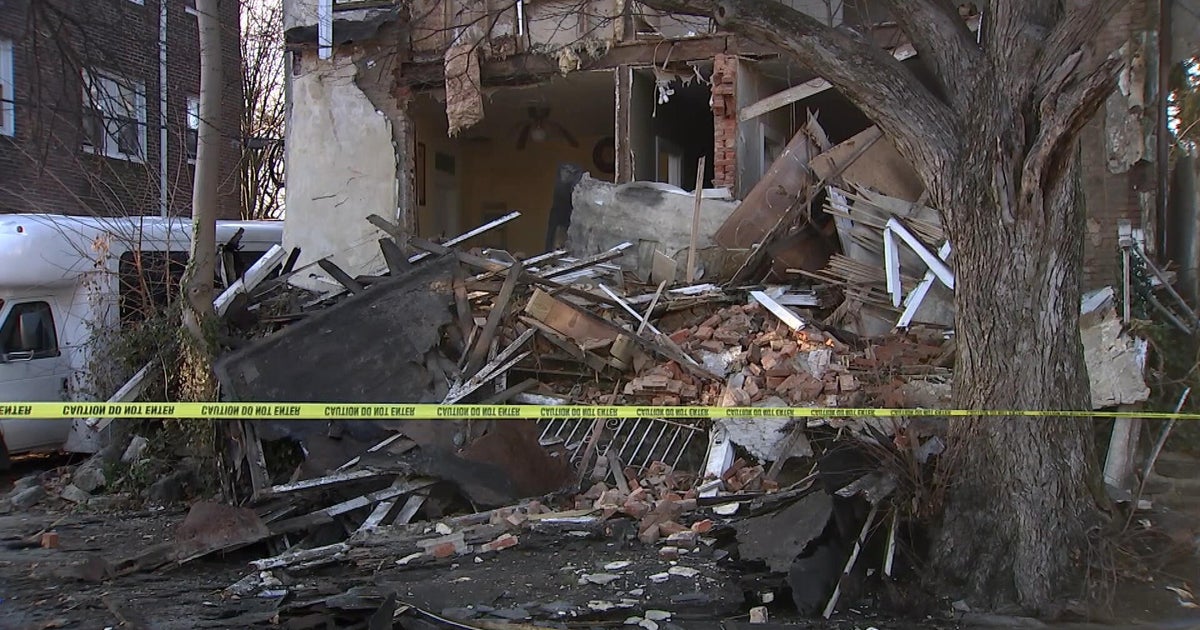Book excerpt: "Challenger" by Adam Higginbotham
We may receive an affiliate commission from anything you buy from this article.
British journalist Adam Higginbotham, author of "Midnight in Chernobyl: The Untold Story of the World's Greatest Nuclear Disaster," returns with his exhaustively-researched new book, "Challenger: A True Story of Heroism and Disaster on the Edge of Space" (Simon & Schuster), about the 1986 space shuttle disaster.
Read an excerpt below.
"Challenger" by Adam Higginbotham
Prefer to listen? Audible has a 30-day free trial available right now.
Flight Control Room One
Johnson Space Center, Houston
January 28, 1986, 8:30 a.m.
The coffee, as usual, was terrible: bitter and thin, the color of tea; almost certainly undrinkable. He filled a cup anyway, returned to his console, and plugged in his headset. It promised to be a long morning.
Steve Nesbitt had arrived at his office early, checking for the latest weather updates from the Cape before taking the short walk, out past the duck ponds to Building 30, and up in the elevator to Mission Control. But from what he'd already seen on TV, there was no way they would launch today: it was freezing down in Florida, and there were two-foot icicles hanging from the gantry. Space Shuttle mission 51-L seemed sure to face yet another delay.
Nesbitt had been with NASA public affairs for just over five years, and was there for the triumph of the first Space Shuttle launch in 1981 — helping to respond to a clamor of press and media inquiries from all over the world. Since then, he had become chief commentator for Mission Control, and delivered the live commentary from Houston on almost every one of the twenty-four shuttle flights. But he was still nervous.
Responsibility for translating the bewildering patois of engineering jargon and acronyms spoken by NASA engineers and astronauts into language the public could understand began with the launch countdown commentary that boomed from the loudspeakers at Cape Canaveral. After that — once the count reached zero and the spacecraft left the ground — everything that happened was on Nesbitt's watch. There was no script, and he knew his words went out live to anyone watching a launch on television — either on the three national networks, on the recently launched cable channel CNN, or over NASA's own dedicated satellite feed; he relied instead on his Ascent Events List, which mapped a series of milestones the shuttle would pass on its way to orbit, from the slow roll it would execute as it roared away from the launchpad to the moment its main engines cut out, at the edge of space.
The hushed environment of the Flight Control Rooms had been devised to concentrate the minds of each of the flight controllers on their own tasks, and only recently had a TV set been installed near the Flight Director's console, to display images of the shuttle in flight. Nesbitt rarely had time to look at that, as he focused attention on the console in front of him. Here, he had access to real-time information about the spacecraft: on his headset, he could listen in to dozens of audio "loops" connecting groups of NASA engineers and flight controllers on the internal communications network; and on a pair of black-and-white monitors, he could see telemetry data transmitted back to Earth from the shuttle, columns of numbers updated every second describing any one of hundreds of technical parameters of its performance in flight.
With a couple of hundred feeds to choose from, Nesbitt had his regular preferences: "Flight Ops Procedures," which included data on the shuttle's engine performance, and the "Trajectory" display, which showed its speed, altitude, and downrange distance. Even with all this at his fingertips, Nesbitt found the live commentary nerve-racking, and practiced often. He took his duty of public service seriously, and hated it when other commentators took flight with flowery language, like Hollywood PR guys. He wanted to play it straight.
And yet, suffering from the effects of a cold he'd picked up the day before, even as the final countdown began, Nesbitt would have welcomed another launch delay: his throat was sore, and he wasn't certain he could talk through the whole ascent without his voice straining or cracking. He waited in silence for his cue: for the shuttle engines and the giant solid rockets to light; for his counterpart at the Cape to announce that Challenger had cleared the tower.
It was almost exactly 11:38 in the morning when Nesbitt saw the numbers on his screen start to move, and a few seconds later keyed his mike to speak:
"Good roll program confirmed. Challenger now heading downrange."
At the console position next to him, the flight surgeon — a navy doctor in full uniform — had her eyes on the big TV set across the room. It was a perfect launch. Challenger was less than half a minute into flight when Nesbitt gave his next update.
"Engines beginning throttling down, now at 94 percent," he said. "Normal throttle for most of the flight is 104 percent. We'll throttle down to 65 percent shortly."
The flight surgeon watched the shuttle climb higher into the cloudless sky over the Atlantic; Nesbitt kept his gaze on the monitors. "Velocity 2,257 feet per second," he said. "Altitude 4.3 nautical miles, downrange distance three nautical miles." The numbers all looked good; at sixty-eight seconds, he reported the next key moment on the list in front of him. "Engines are throttling up. Three engines now at 104 percent."
Ten feet away, down on the next row of consoles, astronaut Dick Covey confirmed the change with the shuttle commander: "Challenger, go at throttle up."
"Roger, go at throttle up."
The spacecraft was one minute and ten seconds into flight.
Four seconds later, Nesbitt heard a loud crackle in his headphones. Beside him, the surgeon saw Challenger abruptly obscured by a ball of orange and white flame.
"What was that?" she said.
But Nesbitt was staring at his monitors.
"One minute fifteen seconds. Velocity 2,900 feet per second," he said.
"Altitude nine nautical miles. Downrange distance seven nautical miles." Then Nesbitt looked up, and followed the surgeon's gaze toward the TV set. Something terrible had happened. There was no sign of Challenger, just the expanding fireball where it had once been — and the exhaust trails of the shuttle's two booster rockets, twisting in opposite directions across the sky. His console was no help: the data streams had frozen. Around him, the other flight controllers sat stunned, faces slack with shock. No one said a word.
Nesbitt knew he had to speak, but he had no information to explain what he was witnessing. His mind raced. He thought of his responsibility to the public, and to the astronauts' families. He thought, suddenly, of the attempt on Ronald Reagan's life nearly five years before: in the confusion that followed, CBS news anchor Dan Rather had announced that White House press secretary James Brady had been killed — only to discover that Brady, despite the bullet in his head, remained very much alive. Nesbitt didn't want to make a mistake like that.
A few moments of quiet extended into half a minute. An agonizing silence enveloped the NASA commentary loop; an eternity of dead air. On the TV screen, the cloud drifted in the wind; fragments of debris fluttered toward the ocean. The Flight Director polled his team in vain for answers.
It was forty-one seconds before Steve Nesbitt spoke again.
"Flight controllers here looking very carefully at the situation," he said, his voice flat and impassive. "Obviously a major malfunction."
Excerpted from "Challenger: A True Story of Heroism and Disaster on the Edge of Space" by Adam Higginbotham. Published by Avid Reader Press/Simon and Schuster. Copyright © 2024. All rights reserved.
Get the book here:
"Challenger" by Adam Higginbotham
Buy locally from Bookshop.org
For more info:
- "Challenger: A True Story of Heroism and Disaster on the Edge of Space" by Adam Higginbotham (Simon & Schuster), in Hardcover, eBook and Audio formats
- adamhigginbotham.com






